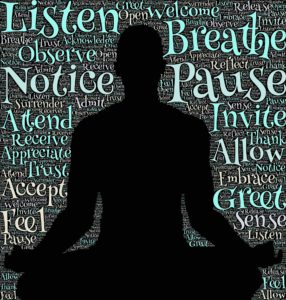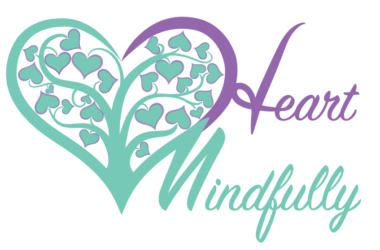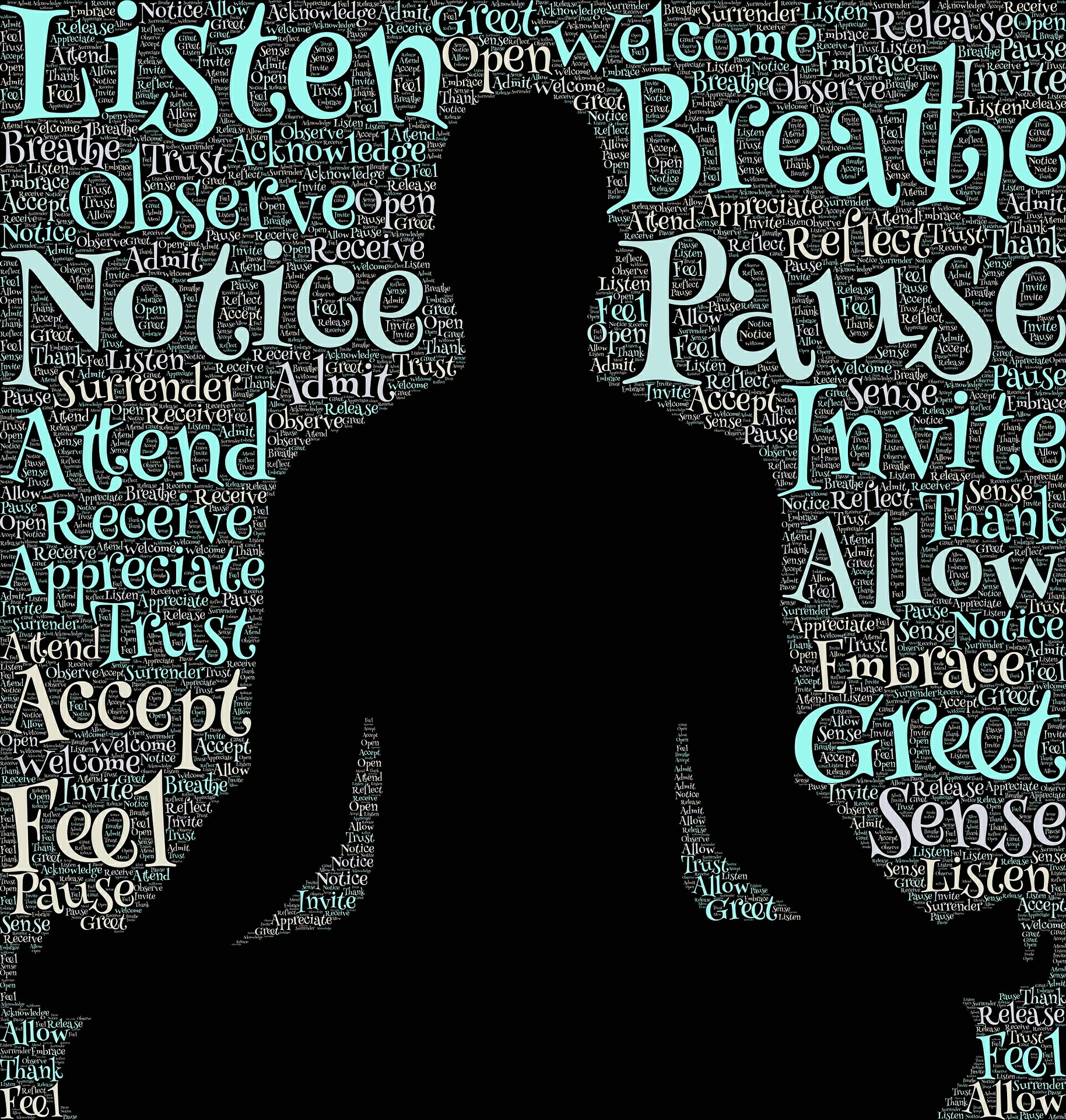Grounding Techniques to Help with Anxiety

Grounding is a way to bring oneself back to the present moment, the here and now. Many people can experience anxiety and thoughts that are either in the future or past. Often people who experienced trauma during childhood could have flashbacks that can make them feel like they’re back when the event happened. Here we will discuss grounding techniques to help with anxiety and bring one to the present moment.
Anxiety can also be future oriented thinking, in particular ‘what if’ thoughts which can also increase anxiety. Grounding can help with this too by focusing on the present instead of the future which hasn’t happened yet.
When experiencing anxiety and flashbacks, it’s important to focus on self care. .For ideas on managing self care, have a read through one of my other posts.
Breathe
You might notice that breathing comes up a lot as a strategy to manage big feelings. This is because when we are having strong feelings, our breathing gets faster and more shallow without us being aware of it. So we need to keep remembering to breathe. It also helps as a grounding strategy as you will soon see.
Breathing Techniques
Focussing on your breath helps ground you. This is because it makes us think about how we breathe while also making us focus on this moment. You can’t breathe a breath from the past, you can’t breathe a breath from the future, you can only breathe in the now. Hence using the breath to anchor you into the here and now.
5, 2, Release Strategy
My favourite breathing technique which has helped many of my clients is the 5, 2, release strategy.
This is where you count to 5 as you breathe in. It doesn’t have to be a deep breath, but it’s longer than a normal breath. Then hold for 2 seconds. This helps cleanse the lymphatic system, then release for as long as you need to slowly. Notice the moment between the out breath and the in breath. Then breath in again counting to 5.
If you are struggling to do 5 seconds breath in, then start with 4 and work up to 5 or longer.
The main thing to focus on here is slowing down your breathing so that it can help you relax.
While you are doing this exercise also become aware of how your body moves as you breathe in then out. Notice the temperature of the air on your nostrils as you breathe in. Then notice the temperature as you breathe out and how it’s different.
When working on breathing imagine filling up your belly like it’s a balloon as you breathe in.
Blow out the Candles
This is perfect for younger children as they have great imaginations, Thinking about candles helps them think about something else other than the thing that they’re getting worried about.
Hold your hand up in front of the child. Next, wiggle your fingers in front of them and say to the child, ‘imagine that there’s candles on your hand’ as you wiggle them. Then tell your child to blow out the candles.
Blow up a balloon.
Using imagination again, encourage your child in front of you to imagine blowing up a balloon with their hands in front of them. This encourages them to draw a big breath in and then blow out all the air.
Colors Grounding
Notice a color around you, Name the item and keep looking for more of items of the same color for a few moments. Once you can’t find any more, look for a different colour until you notice feeling calmer.

Use of Water
- Wash your hands in cold water. Be aware of how the water feels on your hands as it washes over them. Take note of the temperature of the water. Notice how it feels to have the water on your hands. Notice what it looks like.
- Have a shower and notice the movement of the flowing water. Notice the temperature of the water. Breathe. Notice the suds as you clean yourself. Notice the smells from the soap.
5 Senses Grounding

Notice 5 things you can see around you. Say them out loud slowly.
Then notice 4 things you can feel with your sense of touch. Say it aloud or to yourself each thing you can feel.
Next listen for 3 things you can hear.
Then notice 2 things you can either smell or taste.
Finally think of one thing you can feel grateful for.
Notice now how you feel after doing this exercise. What’s that like for you.
For a guided 5 senses grounding do a search on Youtube.
Sitting or standing
If you are sitting down, become aware of what you are sitting on. Notice how it feels under you. Notice the temperature of what you’re sitting on. What’s the texture of the seat. Is it hard or soft, smooth, fluffy, hard.
For when you are standing, notice where you are. What does it feel like under your feet. Notice the texture of the surface you are standing on. Is it smooth, dirty, soft, hard.
Be with your Pet
Pets are great companions but did you also know they can help you feel grounded when you are with them? Try this to practice grounding with your pet.
Be with your pet. Notice their features, colors texture. Listen to their sounds. Do they pur, or pant? How do they feel to touch, are they warm, cool, soft, fluffy, rough etc. Do they have a smell of some kind? What’s your favorite thing about them.
For more information about how pets can help us with our mental health, read this.
Make a Cuppa
Make yourself a drink of either a cup of coffee, tea or hot chocolate.
Notice the sounds of the kettle as it boils. As you’re pouring the hot water into the mug or pot, notice the steam rising. Watch the water pour into the mug/cup/pot. Notice the smells of the drink you’re making. When you’re holding your cup or mug, wrap your hands around the mug and notice how it feels, smells. Be aware of the taste when you drink. Notice the movement of the liquid in your mug.
Final words
If you find yourself feeling overwhelmed by anxiety and intense feelings, write a list of the techniques from above that resonate with you. Add it to your notes app on your phone or carry a list with you to remind you.of these grounding techniques to help with anxiety. Some will work sometimes, and at other times, different ones will work. The main thing is to engage in the strategies to allow them to work for you. Be kind to yourself.
Namaste



